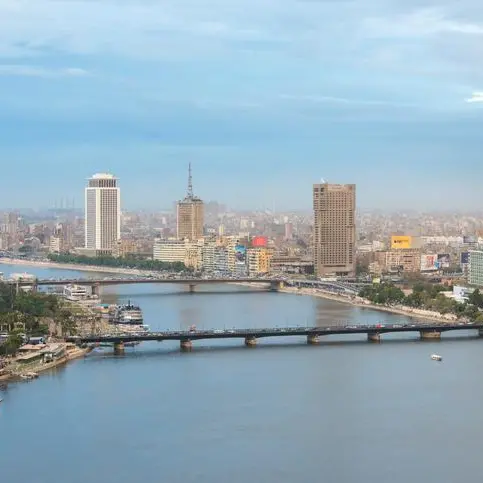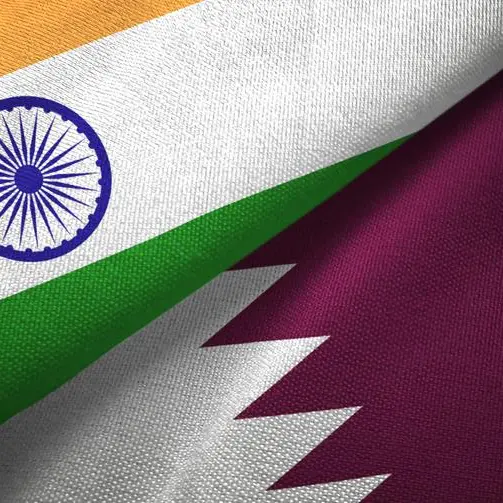Home to many of the planet’s most rapidly growing economies, Africa is projected to be the world’s highest-growth region over the next decade. The continent has the fastest growing and youngest population of any region in the world, and the potential of this next generation of consumers is seismic – not least because they are maturing in an era of increased prosperity and broad political stability across the region.
Promisingly, Africa is developing and growing in a sustainable way. Evidence of this trend can be seen everywhere, from improving infrastructure to more robust corporate governance, and it is driving an evolution in the forms of capital that are flowing into Africa. Governments have undergone a paradigm shift away from developmental cooperation to the promotion of private investments which has, in turn, had a meaningful impact on the number of infrastructure projects planned across the continent. But it has also left African nations facing a considerable funding gap, which, if left unaddressed, could constrain future growth.
Significant funding requirements exist across most parts of Africa for the development of almost all forms of critical infrastructure, from roads, air and seaports, and education and medical facilities, to telecommunications infrastructure, financial services, and much else besides. Market participants including the African Development Bank (AfDB) estimate a funding gap of circa $90 billion for infrastructure development alone across the continent, which is crucial to the continent’s continued growth trajectory.
A number of African countries already have open and regular access to the traditional capital markets, and this market is by no means insignificant – sub-Saharan Africa DCM (debt capital market) bond volumes for 2018 totalled $14.8 billion. Yet in other parts of the continent, access to international debt markets can be far less straightforward, and a significant market for alternative funding methods has emerged to fill the vacuum. These alternatives are giving sovereigns across the region access to a broader and more diverse pool of capital than ever before and, as they proliferate, are becoming more important as a means of underpinning Africa’s long-term economic health.
Take foreign governments, who are increasingly lending their support to projects in Africa by means of direct funding and export credit agency (ECA) covered loans. We estimate this commitment, which supports capital expenditure investment in sustainable infrastructure at competitive rates, could contribute to as much as $20 billion-worth of projects being signed in this year alone. Export Credit Agency-supported financing is an attractive alternative source of liquidity which can complement governments' bank borrowings and bonds/notes issuing programs. Involvement of ECAs helps afford borrowers long term financing for core infrastructure projects, at very competitive all in financing costs.
The growth of new financing methods is categorically good news but, it is also crucial that banks maintain and intensify their involvement as African countries continue to grow. Organisations such as development and multi-lateral insurance agencies and supranationals now make instruments and support available to help international banks mitigate long term financial risks and therefore participate more in the region. A number of sovereign and state-owned entities have recently taken advantage of these structures and we expect to see this practice gain traction across the continent. But there remains a large, unmet demand for trade finance across emerging markets as the AfDB estimates a shortfall of around $120 billion in Africa alone, equal to a third of the continent’s trade finance market.
Structural issues do still exist within many African economies today and will take time to resolve before parts of the region are able to reach their full potential. But provided major international banks continue to unlock alternative financing and increase support for the continent’s trade requirements, the opportunity for African sovereigns, as well as global investors, is vast.
Any opinions expressed here are the author’s own.
Disclaimer: This article is provided for informational purposes only. The content does not provide tax, legal or investment advice or opinion regarding the suitability, value or profitability of any particular security, portfolio or investment strategy. Read our full disclaimer policy here.
© Opinion 2019












